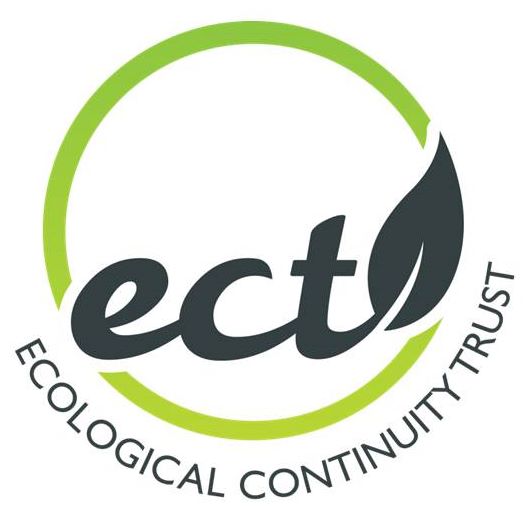A new publication in the Journal of Environmental Management has shown that bracken control can be successful and that even light sheep grazing can restrict its recovery at Hordron Edge.
A new paper from the Hordron Edge LTE reveals what happens when bracken management ceases on the path towards ecological restoration. To ecologically restore land invaded by perennial weeds, it is necessary to control the invasive species first, and then restore the native vegetation to meet agricultural/ conservation objectives. Ghorbani et al. (2005) investigated both of these at Hordron Edge where Pteridium aquilinum had invaded an acid-grass/heathland.
P. aquilinum-control treatments were applied from 1993-2012. These control treatments combined with either cutting (once or twice annually) or applications of the herbicide asulam resulted in very good P. aquilinum control. Vegetation restoration treatments (±sheep-grazing, seed addition) were also included and an acid-grass/grass heath was established.
In 2013, all control treatments were stopped and bracken recovery was monitored along with floral changes in the understory. Bracken recovery varied between the control treatments but was significantly lower than untreated controls. Recovery was slowest in the asulam treatment. Bracken recovery was intermediate when cut twice yearly and fastest when cut once yearly. Recovery was also faster in ungrazed plots, especially when cut once yearly. The underlying plant community remained relatively stable albeit with a reduced species diversity.
It was recommended that an adaptive management approach be used with
(1) the aim of reducing frond density to £2 fronds m-2
(2) continued monitoring,
3) re-application of control treatments when frond density exceeds this value.
Sheep grazing at low densities slowed P. aquilinum recovery, especially in the spray and cut twice yearly treatments almost certainly by trampling. However this grazing restriction might be enhanced by increasing increased stock densities or use of a range of different species of greater body-weights, or both.


